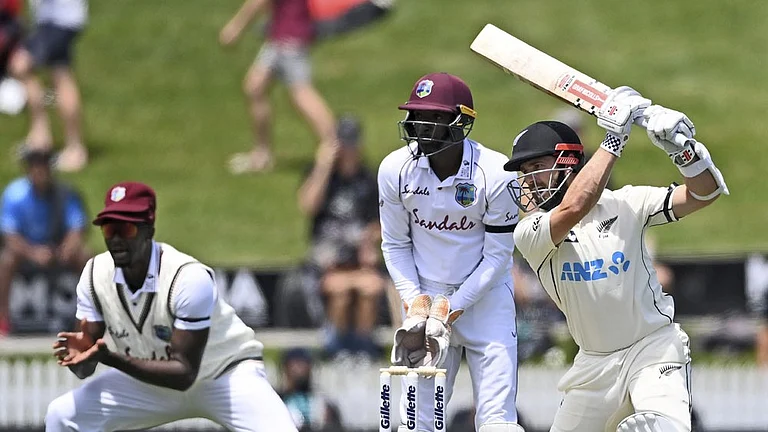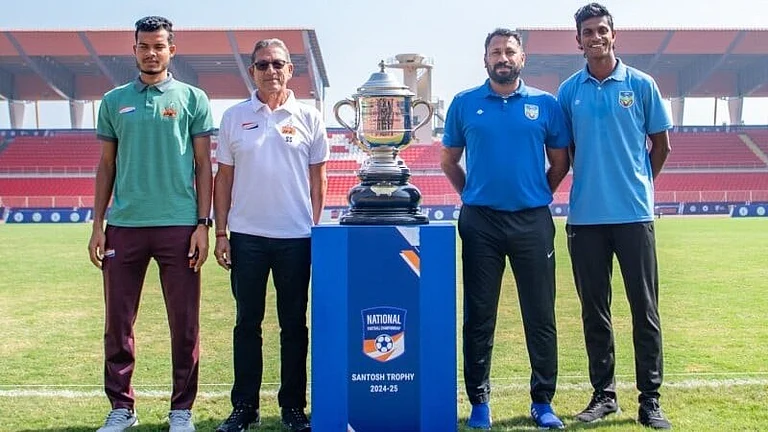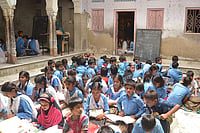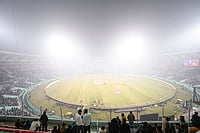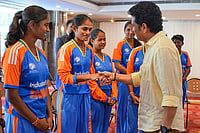PRIME Minister P.V. Narasimha Raos presence at the two high-powered eventsthe Non-Aligned Summit in Cartagena and the UN Summit in New Yorkheld recently is a pointer to the importance attached to them by India.
The NAM summit assumes significance as it is the first to be held after major post-war trends in international relations have crys-tallised. Its aim: to assess the adjustments that the non-aligned countries will have to make as a collective entity to the new trends in view of their interests. Secondly, India was to be one of the guiding factors due to its pre-eminence in the movement and its significance as one of its largest members. Thirdly, Rao hoped to orient the movement towards new political terms of reference to deal with the competitive acquisitive forces characterising the international situation. Indias objective was also to focus on the economic and development issues common to the non-aligned countries. It desired to evolve a collective non-aligned stand on encouraging economic and technological self-reliance, on non-proliferation issues and on questions of unfettered trade, transfer of technology and flow of investments. It also hoped to bring about a united approach to counter terrorism, secessionist tendencies and challenges to the territorial integrity and unity of member-states.
At the UNs 50th anniversary commemorative summit, Indias objective was to project the above interests in the context of the UNs future role. Besides, India desired the activist role envisaged for the UN to be restructured on the basis of international consensus and adequate international political and financial support. India wanted reforming and restructuring of the UNto democratise it by making agencies
like the Security Council more representative. A desire was expressed for a permanent seat on the Security Council. India also wished that the members put pressure on the UN to prevent it from becoming an instrument to meet the strategic objectives and policies of the five permanent members of the Security Council.
The outcome of the summits, however, is a disappointment. It calls for a fundamental re-examination of Indias policies vis-a-vis the NAM and the UN. The NAM summit witnessed the consolidation of new blocks within the movement and differences between them. The Organisation of Islamic Conference, the division between north and south African nations, the absence from the movement of all major countries of South AmericaMexico, Brazil and Argentinaand competing and even conflicting views of these groups on various issues showed the lack of cohesion, besides the inability of the movement to adjust to the changed international scenario.
Pakistan raised the Jammu and Kashmir issue aggressively at the NAM summit and received a firm and equally assertive response from Prime Minister Narasimha Rao. Benazir Bhutto continued her fulminations on Kashmir again at New York. India and Pakistan must have been seen again as eternal bores, trying to get at each others throats. At New York, Bangladesh Prime Minister Khaleda Zia joined the India baiting, complaining of unfairness in the sharing of water resources.
The appeal from Cartagena and the 130-page declaration of the NAM summit remained a mere statement of intentions and an ambiguous appeal for collective action. India did succeed in preventing Pakistans moves to activate NAM on the Kashmir issue.
But at the same time the summit declaration suggested the creation of a core group to determine the future role of the movement and the contributions it could make to reduce tensions among member countries. On the non-proliferation issue, the summit document endorsed the idea of regional and subregional non-proliferation arrangements, a concept which India totally opposes. There was also no substantive agreement on the issues relating to development, transfer of technology, investments, environment management or human rights. These are the matters that developing countries should be seeking to address.
The summit clearly indicated that individual members and new groups had the agendas based on their respective interests and their relations with politico-military power centres of the world. The declaration carried a general plea that international financial institutions should be reformed and democra-tised. However, no follow-up action was suggested. The NAM summit could not even come up with a formula for the expansion of the Security Council. Clearly, while India should remain firm about non-alignment, it is time that it critically considers the relevance of the NonAligned Movement.
At the UN conference, Indias lobbying for permanent membership of the Security Council garnered little support. It is apparent that unless India falls in line with the US on proliferation issues or becomes a nuisance by going nuclear, Indias claim would be kept in abeyance. In addition, India would also have to overcome competing claims from Pakistan and Indonesia, besides augmenting its financial contribution to the UN to a level at which its claim becomes credible.
Without doubt, Indias was certainly one of the most thoughtful and analytical voices at the summits. This was to be expected from our thoughtful, scholarly and practical-minded Prime Minister. But Indias voice did not attract attention nor make much of an impact because the rest of the world at present is too busy with itself.







